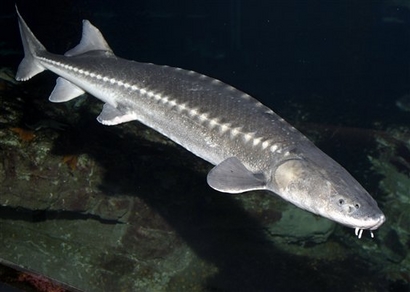
© AP Photo/Monterey Bay Aquarium, Randy WildeThis undated image provided by the Monterey Bay Aquarium, shows the endangered Kootenai River white sturgeon. As efforts falter to save this largest freshwater fish — a toothless beast left over from the days of dinosaurs — officials hope to stave off extinction by sending more water hurtling down a river so the fish can spawn in the wild.
Billings, Montana. - As efforts falter to save North America's largest freshwater fish - a toothless beast left over from the days of dinosaurs - officials hope to stave off extinction by sending more water hurtling down a river so the fish can spawn in the wild.
The U.S. Fish and Wildlife Service on Thursday declared that attempts over the past two years to save the endangered Kootenai River white sturgeon had failed.
The prehistoric sturgeon, characterized by its large head and armor-like scales, can reach 19 feet long and top 1,000 pounds.
An isolated population of the species lives along a stretch of the Kootenai that passes through Montana, northern Idaho and southern British Columbia. Fewer than 500 of the bottom-feeding behemoths survive - and it's been 35 years since they successfully spawned.
The problem is Libby Dam, a hydroelectric facility in Montana run by the Army Corps of Engineers that serves power markets in the Pacific Northwest. When the dam went up in 1974, it stopped periodic flooding of Bonners Ferry, Idaho - but also high water flows that triggered the sturgeon to move upriver and spawn.
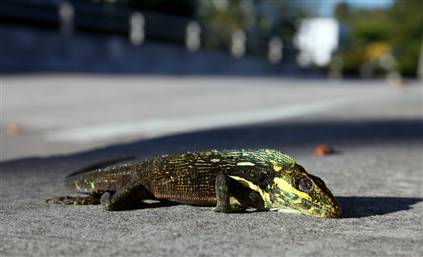
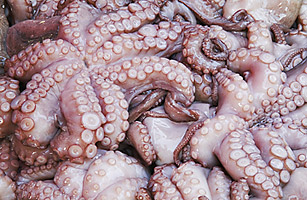
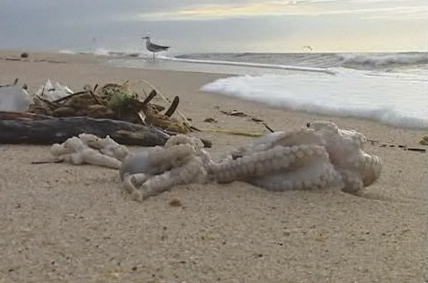
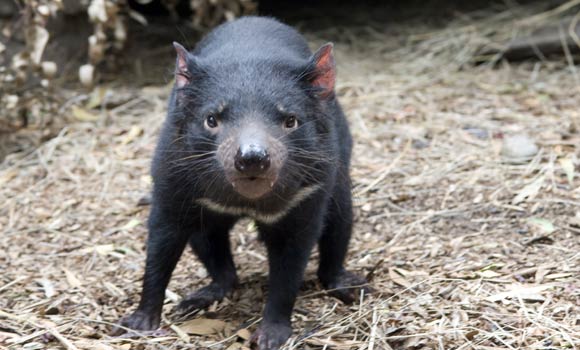
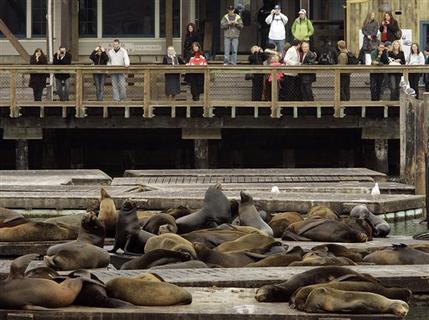
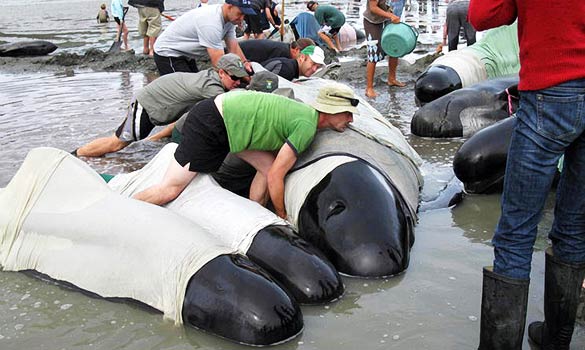




Comment: Something is happening in the Atlantic. This doesn't bode well.